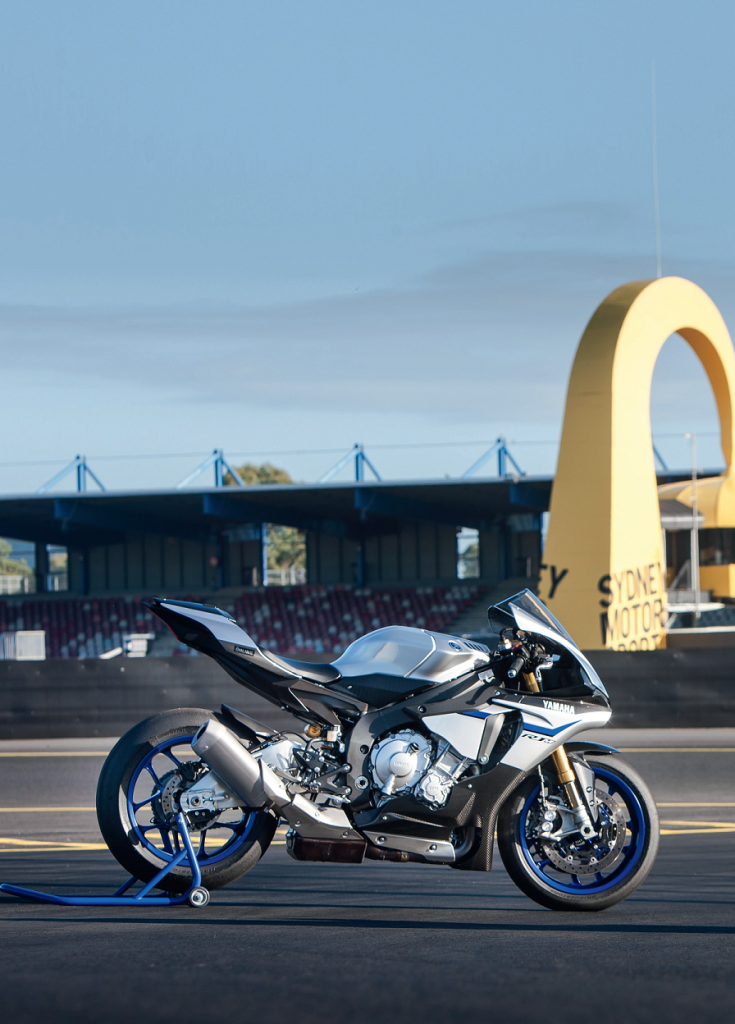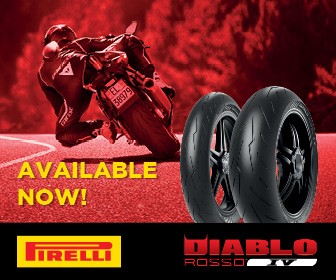Previous Story
WORLD LAUNCH
Posted On 26 Mar 2024
Comment: Off

YAMAHA R1 / R1-M
TECHNO RACERS WORLD LAUNCH WORDS STUART WOODBURY PHOTOS JOSH EVANS

Back in 1998, Yamaha gave the world the amazingly fast YZF-R1. Until then, Honda’s Fireblade had been the bike to be on, but the light weight combined with the bulk power of the new R1offered something the world hadn’t ever been able to buy off the showroom floor.
Roll on through the years; Yamaha proved the might of the R1 across racetracks worldwide and made many significant changes to the bike, the most significant being the crossplane crankshaft engine – a feature taken direct from MotoGP.






